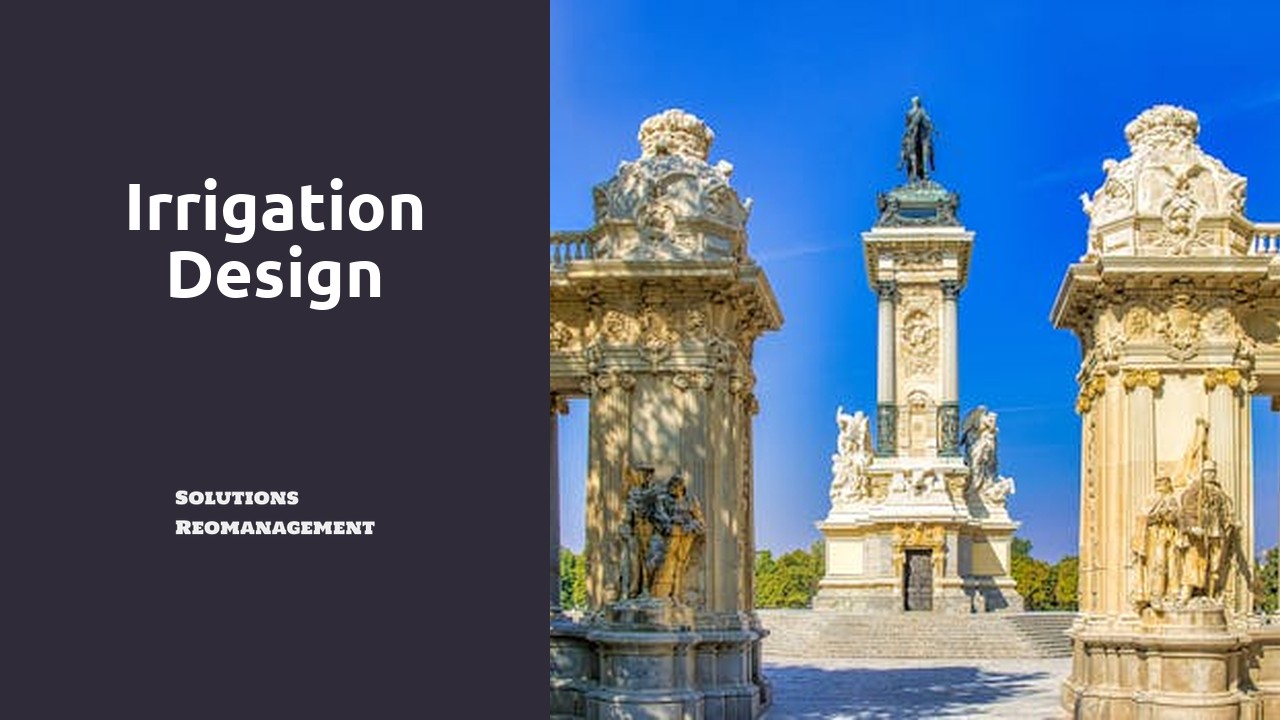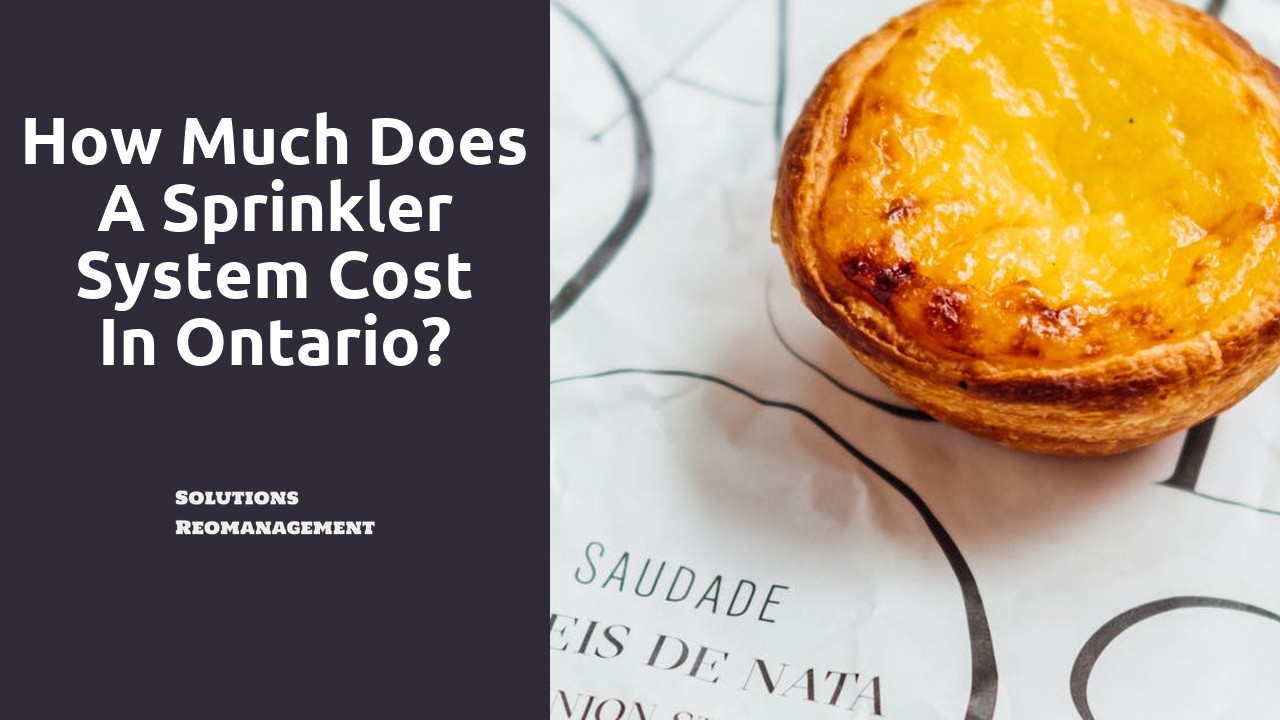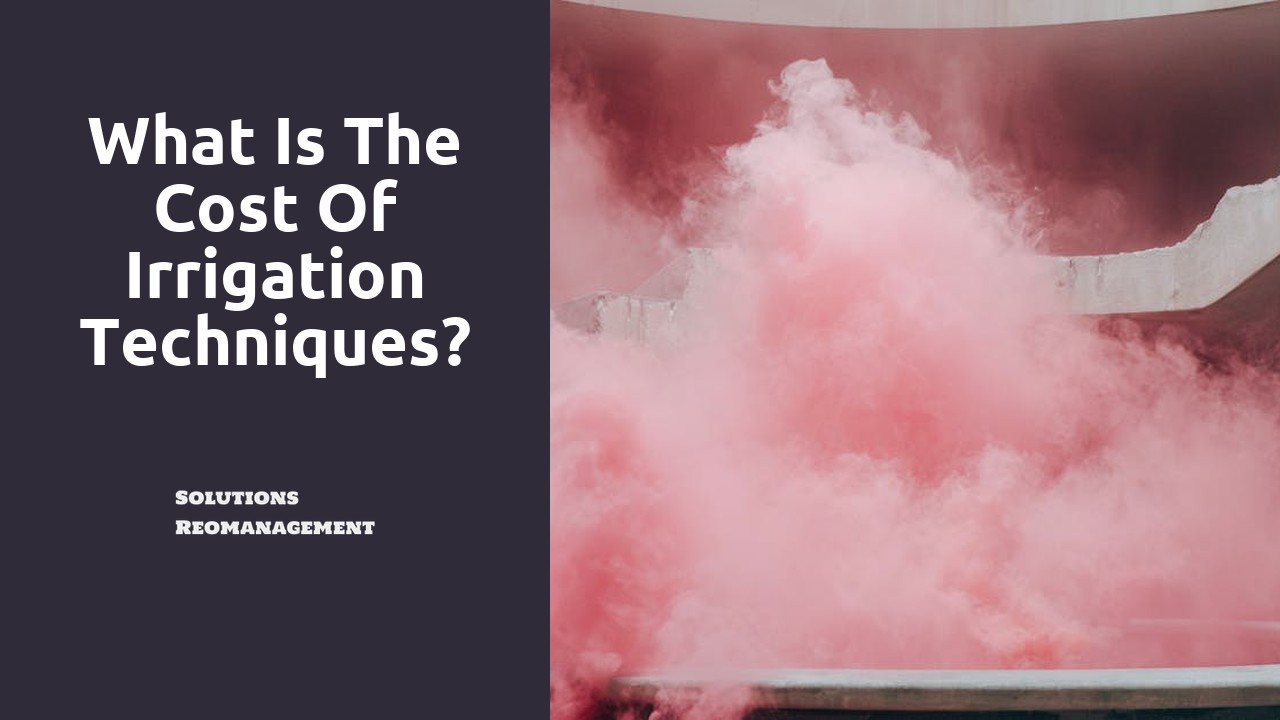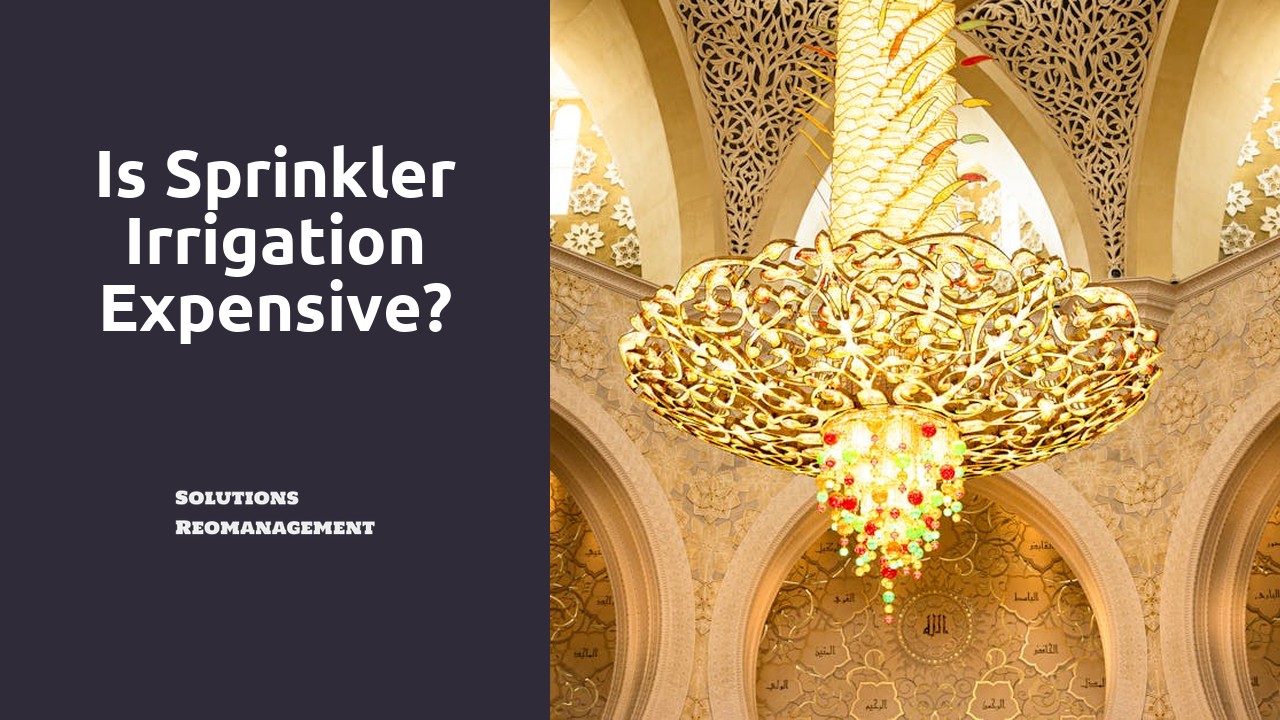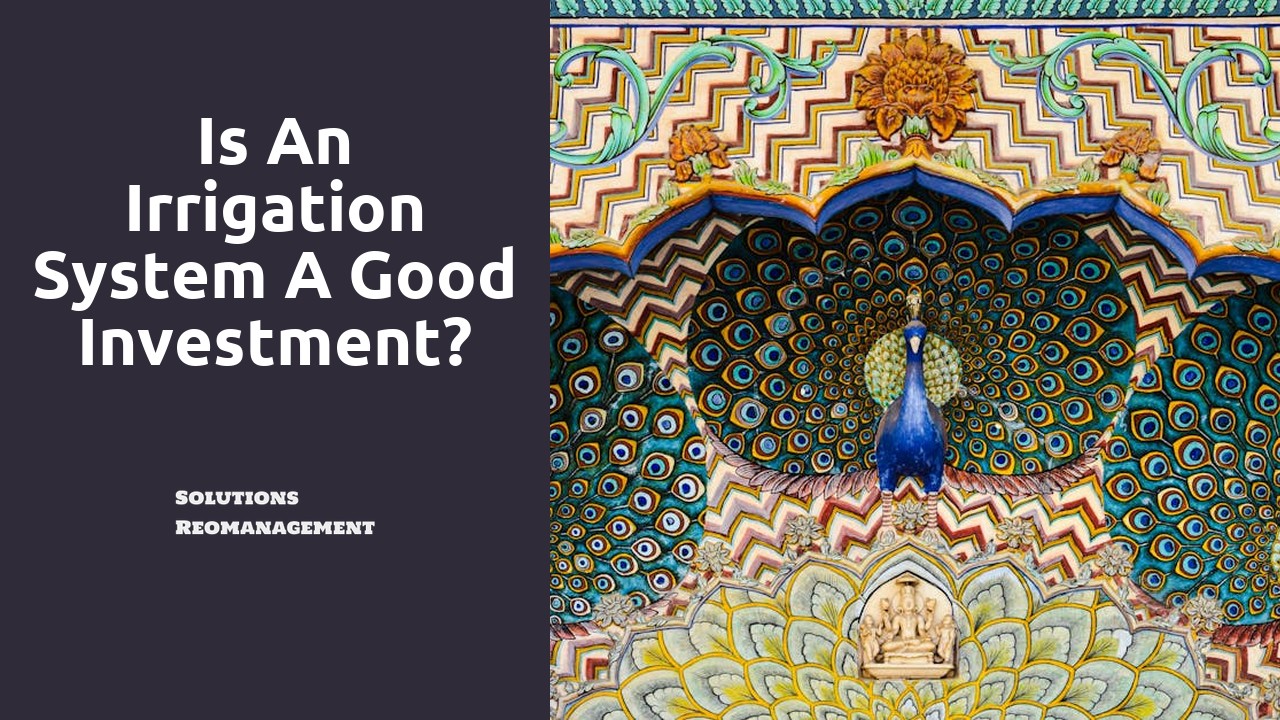
Table Of Contents
Evaluating Labor Costs for Irrigation Operations
When calculating the overall cost of irrigation, labor expenses play a significant role. Properly evaluating labor costs for irrigation operations involves considering factors such as the type of labor employed, whether skilled or unskilled workers are involved, and the number of hours required for irrigation tasks. In the context of Irrigation Design in Cornwall, understanding the specific skill sets needed for different aspects of irrigation work can help in estimating labor costs more accurately.
Skilled labor typically comes at a higher cost due to specialized knowledge and expertise required for tasks such as system installation, repairs, or maintenance. In contrast, unskilled labor may be more cost-effective for routine and repetitive tasks. Therefore, analyzing the balance between skilled and unskilled labor in Irrigation Design in Cornwall can impact the overall budget allocation for labor costs in irrigation operations.
Skilled vs. Unskilled Labor
Skilled and unskilled labor play vital roles in the efficient operation of irrigation systems. In Irrigation Design in Newmarket, opting for skilled labor may increase initial costs but can lead to long-term savings due to reduced maintenance and repairs. Skilled workers are proficient in handling intricate irrigation equipment, which can enhance the overall performance of the system and minimize water wastage.
On the other hand, unskilled labor may be cost-effective in the short term but could result in higher expenses in the future. In Irrigation Design in Newmarket, unskilled workers may lack the expertise needed to detect and address potential issues promptly, leading to increased water consumption and system inefficiencies. Therefore, investing in skilled labor for irrigation operations can be a strategic decision to ensure optimal functionality and cost-effectiveness over time.
Factoring in Fertilizer and Pesticide Expenses
Fertilizers and pesticides are essential components of any irrigation operation. The cost of these inputs can vary significantly based on factors such as the type and quantity required. It is crucial to carefully assess and budget for these expenses when calculating the overall cost of irrigation. In Irrigation Design in Peterborough, selecting the appropriate fertilizers and pesticides according to the specific crop requirements is vital to ensure optimal growth and yield.
When factoring in fertilizer and pesticide expenses, it is essential to consider the potential impact on the environment and human health. Opting for environmentally friendly and sustainable options may come at a higher upfront cost but can lead to long-term benefits. Additionally, closely monitoring and managing the application of fertilizers and pesticides can help minimize waste and reduce overall expenses in the long run. In Irrigation Design in Peterborough, striking a balance between cost-effectiveness and environmental consciousness is key to sustainable and successful irrigation practices.
Type and Quantity of Inputs Used
When evaluating the cost of irrigation, it is crucial to consider the type and quantity of inputs used. The inputs can vary depending on the specific needs of the crops being cultivated and the soil conditions in the region. Understanding the requirements of the plants and the soil composition is essential to determine the appropriate type and amount of inputs needed for efficient irrigation. In North York, a well-planned approach to Irrigation Design is fundamental to ensuring that the inputs are tailored to the exact requirements of the crops, maximizing efficiency and minimizing wastage of resources.
Properly analyzing the type and quantity of inputs used in irrigation is imperative for farmers in North York to optimize their irrigation practices. Should the wrong inputs be selected, it could lead to suboptimal growth of crops, resulting in decreased yields and increased costs. By conducting a thorough assessment of the irrigation requirements based on plant type, soil type, and weather patterns, farmers can make informed decisions on the inputs needed for their irrigation systems. In Irrigation Design in North York, an emphasis on precision and accuracy in selecting inputs is key to achieving cost-effective and sustainable irrigation practices.
Reviewing Miscellaneous Costs in Irrigation Budget
Reviewing Miscellaneous Costs in Irrigation Budget
Irrigation systems in agricultural settings often come with miscellaneous costs that are crucial to consider when discussing the overall irrigation budget. Aside from the primary expenses related to labor and input materials, additional costs may include equipment upgrades and technological investments. These miscellaneous expenses play a significant role in the efficiency and effectiveness of irrigation practices, ultimately impacting the overall financial outlook of the operation. For instance, in Irrigation Design in Caledon, supplementary costs such as maintenance of irrigation machinery and software upgrades are integral to ensuring that the systems function optimally to meet the water needs of crops.
Equipment Upgrades and Technology Investments
When exploring the realm of equipment upgrades and technology investments in irrigation systems, it is crucial to understand the impact these decisions can have on overall costs. Investing in modern irrigation technology can significantly enhance the efficiency of water usage on agricultural lands. By incorporating advanced systems that monitor soil moisture levels and adjust water flow accordingly, farmers can achieve higher crop yields while reducing water wastage. In Irrigation Design in Georgetown, upgrading to newer equipment may require an initial investment, but the long-term savings in water consumption and labor costs can outweigh the upfront expenses.
Furthermore, embracing the latest technology in irrigation systems can lead to improved precision and accuracy in water and fertilizer application. Automated irrigation controllers, for example, enable farmers to schedule watering times based on specific crop needs and weather conditions, resulting in optimal resource utilization. When weighing the costs of equipment upgrades and technology investments in Irrigation Design in Georgetown, it is essential to consider the potential return on investment through increased productivity and resource efficiency.
FAQS
How can I accurately calculate the irrigation cost for my farm?
To calculate irrigation costs, you need to evaluate factors such as labor costs, fertilizer and pesticide expenses, and miscellaneous costs involved in the irrigation operations.
What is the importance of considering labor costs in irrigation cost calculation?
Labor costs play a significant role in determining the overall irrigation cost. Understanding the difference between skilled and unskilled labor expenses can help in better budgeting for irrigation operations.
How do I factor in fertilizer and pesticide expenses when calculating irrigation costs?
When calculating irrigation costs, it is crucial to consider the type and quantity of inputs used, such as fertilizers and pesticides. These expenses can have a substantial impact on the overall cost of irrigation.
What are some miscellaneous costs that should be reviewed in an irrigation budget?
Miscellaneous costs in an irrigation budget may include equipment upgrades, technology investments, maintenance expenses, and any unforeseen costs that may arise during irrigation operations.
How can equipment upgrades and technology investments affect the calculation of irrigation costs?
Investing in equipment upgrades and technology advancements can lead to increased efficiency and productivity in irrigation operations. However, it is essential to consider the initial investment and maintenance costs when calculating the overall irrigation expenses.
